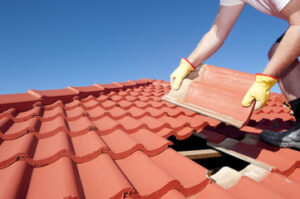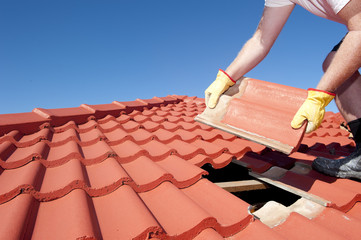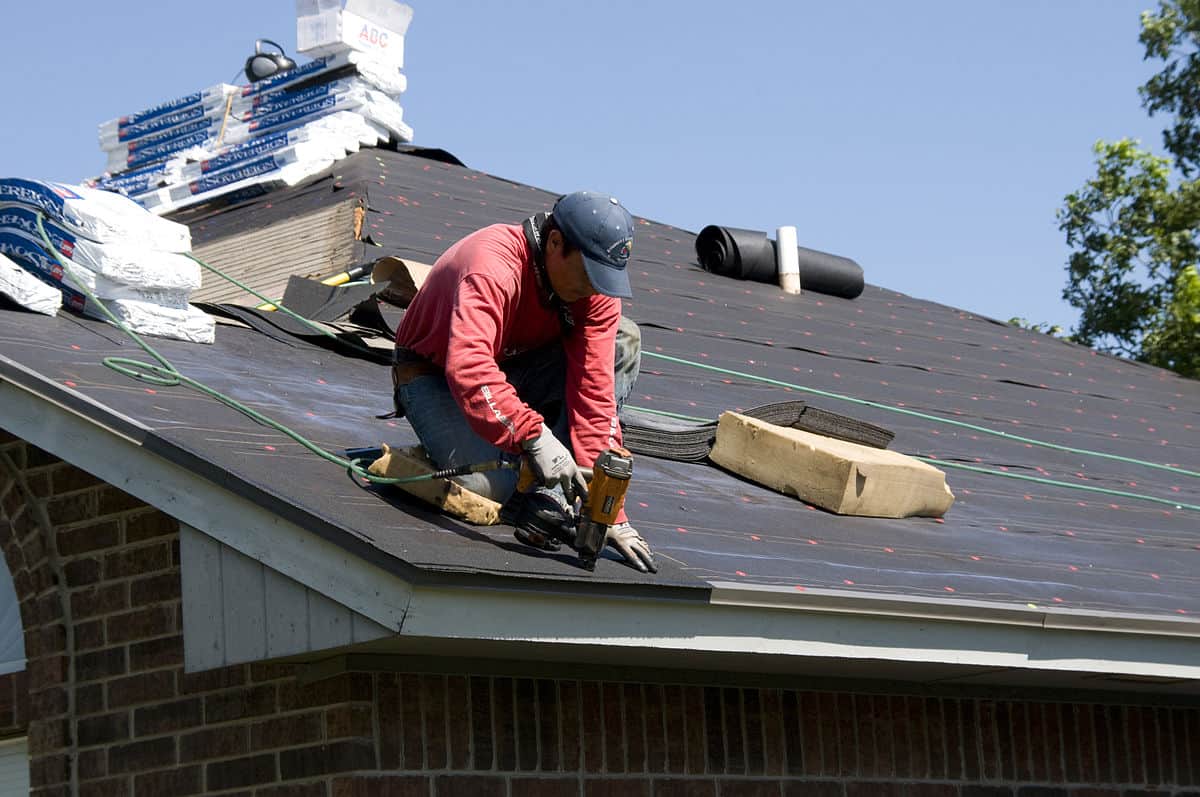Hiring a reliable roofing company is essential for long-lasting protection. A well-installed roof enhances structural integrity. It also improves energy efficiency and boosts property value. Quality workmanship ensures fewer repairs over time.
Roofing Companies Greesboro offer various services tailored to different needs. Some specialize in residential projects, while others focus on commercial structures. The materials used vary depending on the building’s design. Professional consultation helps identify the most suitable option.
Roofing materials impact durability and performance. Metal, asphalt, and tile are common choices. Each material offers different levels of weather resistance and lifespan. Professional guidance ensures the right fit for the environment and budget.
Weather conditions affect roof performance over time. Intense sunlight, heavy rainfall, and strong winds cause wear and tear. Proper installation and maintenance protect against these elements. Roofing companies recommend materials suited to local conditions.
Inspection services identify potential issues early. Small cracks and loose shingles can lead to larger problems. Professional inspections help prevent costly repairs. Regular assessments maintain roof integrity.
Roof repair services address damage from storms and aging. Leaks, missing shingles, and structural weaknesses require prompt attention. Professional repair restores the roof’s strength and function. Delayed repairs increase long-term costs.
Roof replacement becomes necessary when damage is beyond repair. Aging materials and structural weakening compromise safety. A full replacement provides renewed protection. Professional companies handle the process efficiently.
Installation quality determines the roof’s lifespan. Poor workmanship leads to leaks and structural issues. Experienced companies follow industry standards and best practices. Proper sealing and alignment ensure long-term durability.
Roofing companies handle both sloped and flat roofs. Sloped roofs require careful alignment to prevent water pooling. Flat roofs need effective drainage systems. Professional expertise ensures proper installation for each design.
Water damage is a common roofing issue. Leaks lead to mold growth and interior damage. Proper flashing and waterproofing protect against moisture intrusion. Professional companies address these concerns during installation and repairs.
Insulation plays a key role in roof efficiency. Poor insulation causes heat loss and increased energy costs. Professional companies install high-quality insulation materials. Proper insulation improves indoor comfort and reduces utility expenses.
Ventilation systems prevent heat and moisture buildup. Poor ventilation shortens the roof’s lifespan. Professional companies install balanced ventilation systems. This maintains consistent airflow and prevents damage.
Roof coatings provide an extra layer of protection. Reflective coatings reduce heat absorption and improve energy efficiency. Waterproof coatings prevent moisture penetration. Professional application ensures even coverage and durability.
Skylight installation adds natural light and ventilation. Improper installation leads to leaks and heat loss. Professional companies handle precise fitting and sealing. Proper installation enhances energy efficiency and comfort.
Storm damage requires immediate attention. High winds and hail create punctures and cracks. Professional emergency repair services prevent further damage. Fast response minimizes repair costs.
Gutter systems protect the roof and foundation from water damage. Clogged or damaged gutters cause overflow and structural issues. Professional cleaning and maintenance ensure proper drainage. Functional gutters extend roof lifespan.
Roofing companies offer roof inspections for real estate transactions. Buyers and sellers benefit from understanding roof condition. Professional reports highlight necessary repairs or upgrades. Proper documentation supports fair pricing and informed decisions.
Eco-friendly roofing options are becoming more popular. Sustainable materials reduce environmental impact. Reflective surfaces improve energy efficiency. Professional companies provide options tailored to sustainability goals.
Metal roofing offers durability and fire resistance. It reflects sunlight and reduces cooling costs. Proper installation prevents rust and corrosion. Professional companies ensure secure fastening and sealing.
Shingle roofing remains a popular choice for its affordability and versatility. Asphalt shingles come in various colors and textures. Professional installation ensures even layering and proper sealing. Well-installed shingles withstand weather and wear.
Tile roofing provides a distinctive look and excellent durability. Clay and concrete tiles resist fire and moisture. Proper underlayment prevents leaks and structural stress. Professional installation ensures proper alignment and load distribution.
Wood shake roofing offers a natural, rustic appearance. Cedar and redwood shakes resist decay and insects. Professional treatment improves weather resistance. Proper installation ensures long-lasting performance.
Flat roofs require specialized materials and installation techniques. Improper drainage causes pooling and leaks. Professional companies install effective drainage systems. Quality materials prevent cracks and damage.
Roofing warranties vary depending on materials and workmanship. Manufacturer warranties cover material defects. Professional installation warranties cover labor and performance. Understanding coverage ensures peace of mind.
Emergency repair services provide quick solutions for urgent issues. Severe weather and accidents cause sudden damage. Professional response prevents water intrusion and structural weakening. Fast action minimizes repair costs.
Roofing companies often handle attic insulation and ventilation upgrades. Proper insulation reduces heat loss and improves energy efficiency. Balanced ventilation prevents moisture buildup. Professional upgrades improve overall home comfort.
Green roofing options include living roofs and solar integration. Living roofs improve insulation and reduce stormwater runoff. Professional installation ensures structural support and proper drainage. Green roofs enhance environmental performance.
Chimney flashing prevents leaks around the chimney base. Damaged or loose flashing causes water intrusion. Professional repair involves sealing gaps and securing materials. Proper flashing extends roof lifespan.
Ice dam formation leads to water backup and roof damage. Professional companies install ice and water shields. These barriers prevent water intrusion beneath shingles. Proper installation reduces winter-related damage.
Moss and algae growth shorten roof lifespan. Moisture retention causes material deterioration. Professional cleaning removes growth without damaging materials. Preventative treatments reduce future buildup.
Structural reinforcement addresses sagging and weakness. Age and poor installation cause structural stress. Professional companies assess load distribution and alignment. Reinforcement restores roof integrity and safety.
Professional companies handle roof-related code compliance. Building codes regulate materials, installation methods, and safety standards. Compliance ensures proper performance and liability protection. Experienced companies stay updated on regulations.
Flashing around vents and skylights prevents leaks. Improper flashing leads to water intrusion and interior damage. Professional companies secure and seal flashing materials. Proper installation prevents long-term issues.
Roof drainage systems prevent standing water and foundation damage. Poor drainage causes roof and structural weakening. Professional companies install efficient downspouts and gutters. Proper flow reduces water-related issues.
Snow removal services prevent weight stress and damage. Heavy snow accumulation causes sagging and leaks. Professional companies use safe methods to clear snow. Prompt removal prevents structural weakening.
Proper roof maintenance extends lifespan and performance. Professional companies offer maintenance contracts for regular care. Inspections and minor repairs prevent major issues. Routine maintenance saves on long-term costs.
Roofing companies provide thorough cleanup after installation or repair. Debris and materials are removed from the site. Professional cleanup ensures a safe and tidy environment. Complete cleanup reflects quality service.
Choosing the right roofing company ensures long-term protection and efficiency. Experienced professionals provide reliable installation and repair. Quality materials and workmanship improve durability. Investing in expert services reduces long-term costs and enhances property value.

